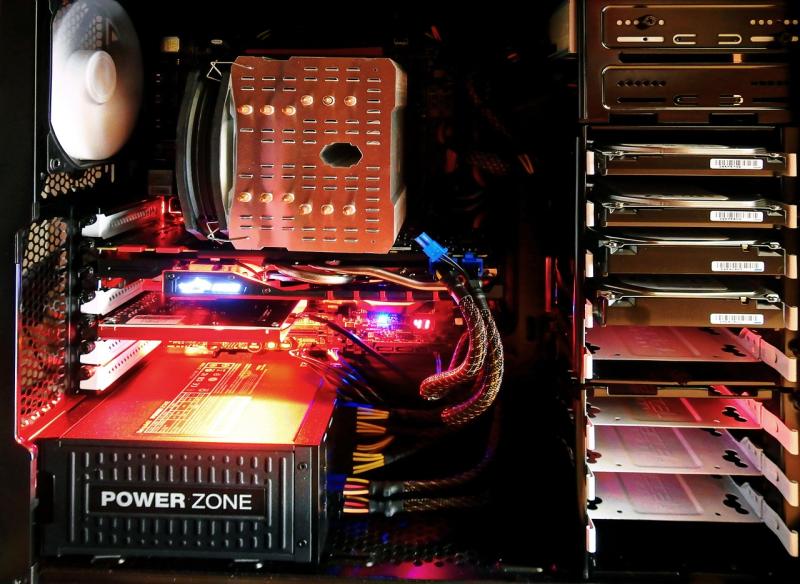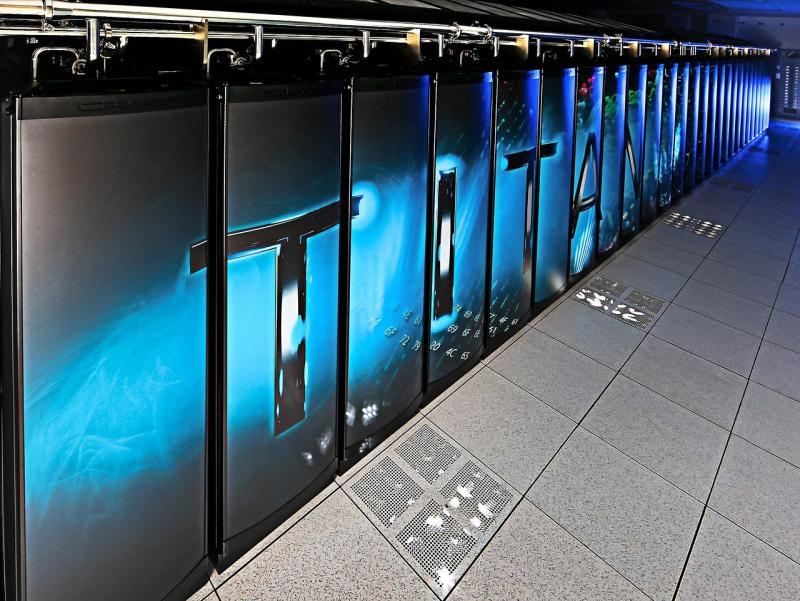**Introduction**
Edge computing is transforming traditional PC architectures by moving data processing closer to the source, reducing latency, and optimizing resource management. Edge computing integrated desktops combine local high‑performance processing with on‑site AI and cloud-linked analytics, delivering near-instant responses and real‑time data insights. This article examines how edge computing integration elevates desktop performance, making systems smarter, more efficient, and capable of handling massive, diverse workloads.
**Technological Innovations**
- **Local AI Processing Units:**
Embedded neural processing units (NPUs) are integrated alongside traditional CPUs and GPUs to handle time‑sensitive tasks locally, reducing the need for constant cloud communication.
- **Unified Edge and Cloud Integration:**
Hybrid computing architectures seamlessly connect local processors with cloud-based servers, leveraging edge intelligence for rapid processing and cloud power for scalability.
- **Low‑Latency Data Platforms:**
Advanced data routing protocols and high‑speed interfaces (PCI‑Express 5.0/6.0, Thunderbolt 4) ensure that data moves fluidly between edge devices and the cloud—significantly reducing delays.
- **Smart Workload Distribution:**
AI‑driven management software dynamically divides workloads based on real‑time system and network conditions, optimizing performance and minimizing energy use.
**Applications and Benefits**
- **Real‑Time Analytics:**
Immediate, on-site processing improves performance in gaming, content creation, and data analytics, ensuring minimal lag in time‑critical applications.
- **Enhanced Multitasking:**
Local edge computing boosts parallel processing capabilities, enabling smoother multitasking and seamless switching between high‑demand applications.
- **Enterprise-Grade Security:**
By allowing sensitive data to be processed locally, edge computing enhances security and reduces vulnerabilities associated with centralized cloud processing.
- **Cost‑Effective Performance:**
Distributed processing reduces strain on central servers and lowers energy consumption, leading to long-term cost savings for businesses and individual users.
**Future Directions**
Looking ahead, future edge computing desktops may combine further AI integration with advanced predictive analytics, enabling self‑optimizing systems that automatically adjust resources based on user behavior and workload trends. Enhanced wireless connectivity and 5G/6G integration are expected to further blur the line between local and cloud processing, heralding a new era in desktop computing performance.
**Targeted Keywords:**
edge computing desktop, hybrid computing, local AI processing, cloud-powered PC, low‑latency desktop, smart workload distribution, next‑gen computing, AI integrated PC, edge and cloud integration
View our related products
See more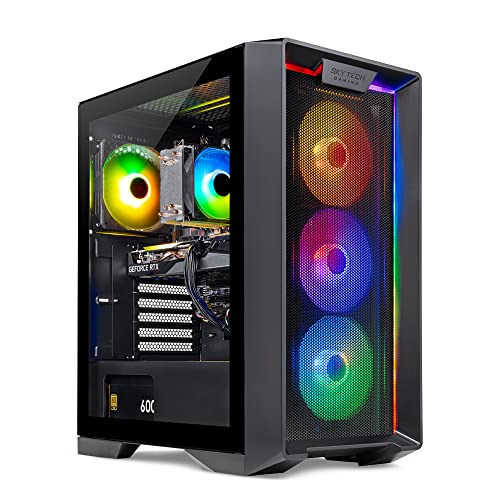
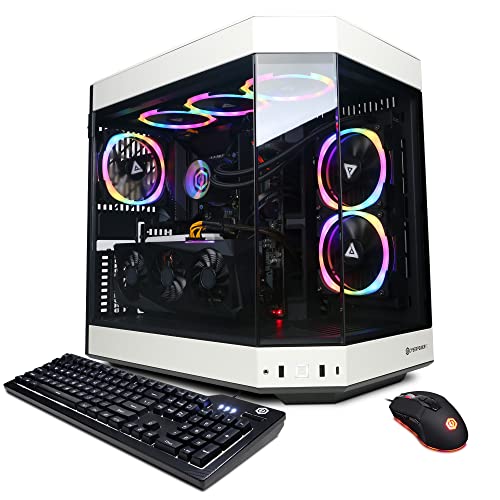
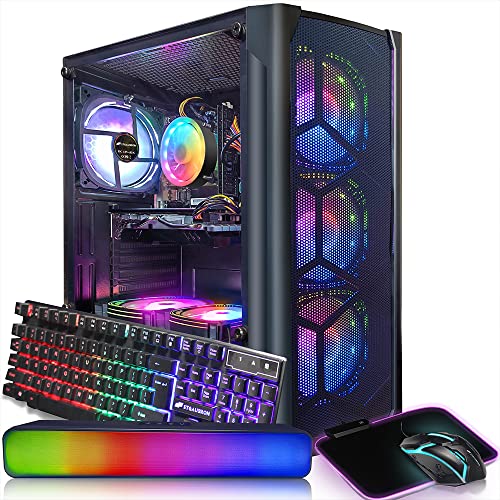
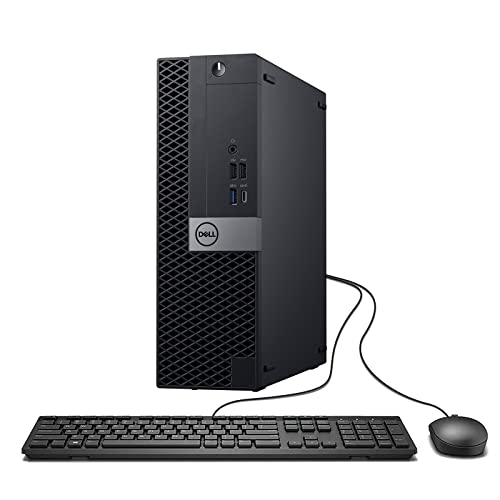
Edge Computing Integrated Desktops
Bringing Cloud Power to Your Workspace
Related Articles
Essential High-Performance PC Components You Need Now
Upgrade your setup with the must-have parts for unbeatable gaming and productivity
Top Picks for Best High-Performance PCs
Find the perfect power machine for gaming, work, or creative projects
Your Guide to the Best High-Performance PCs
Find the Right PC for Your Gaming and Creative Needs
View our related products
See more




